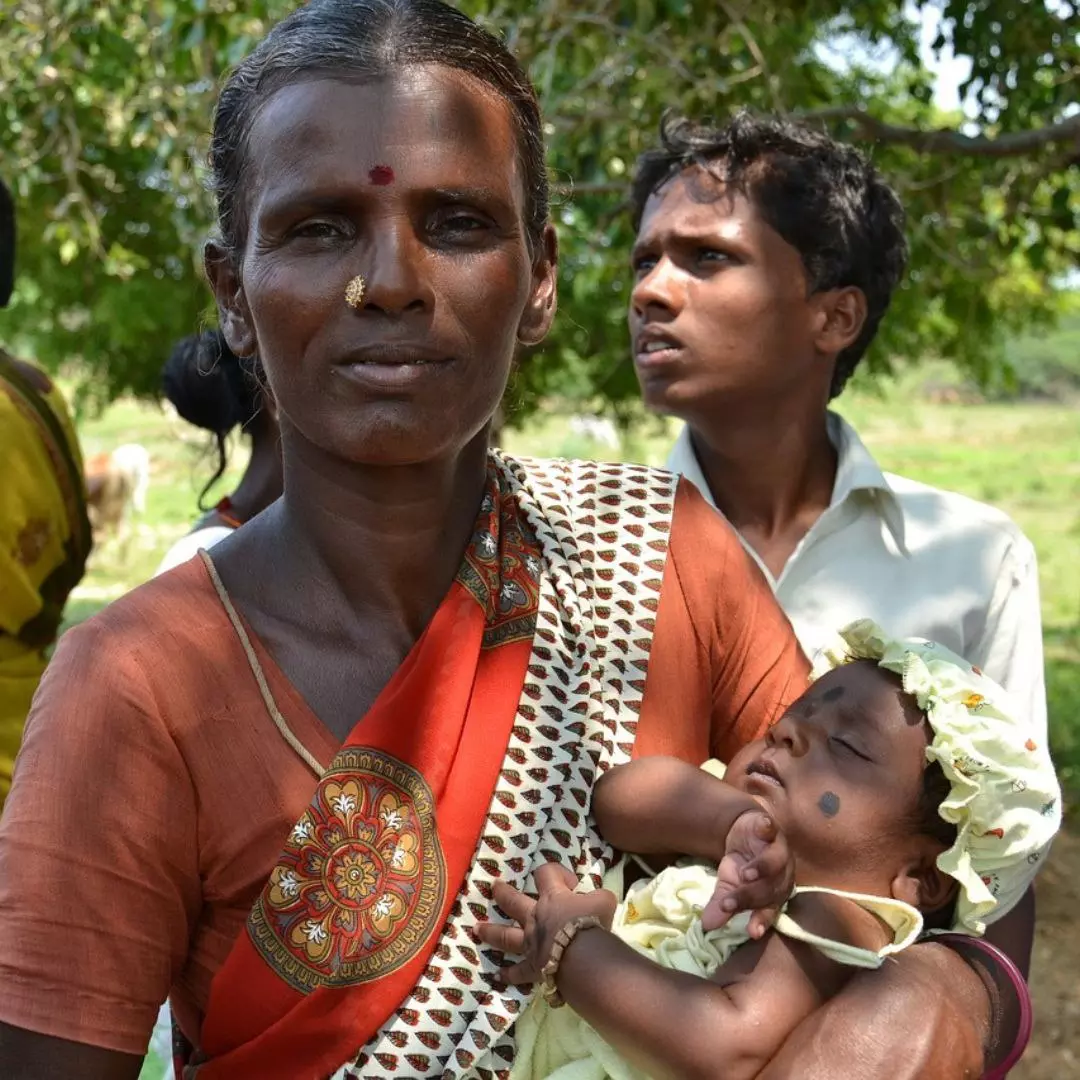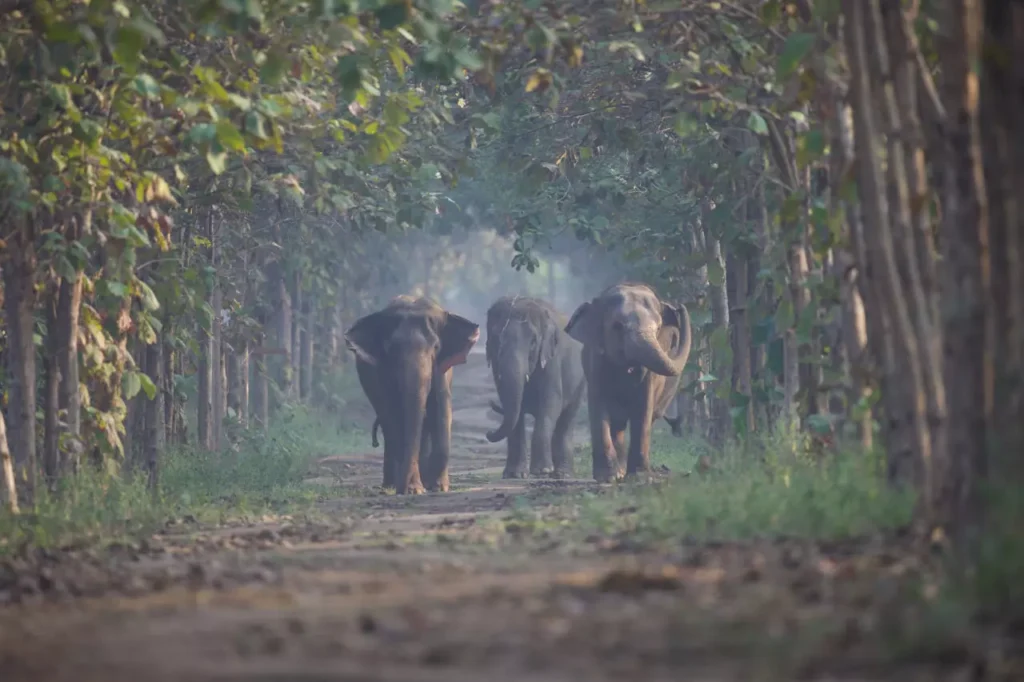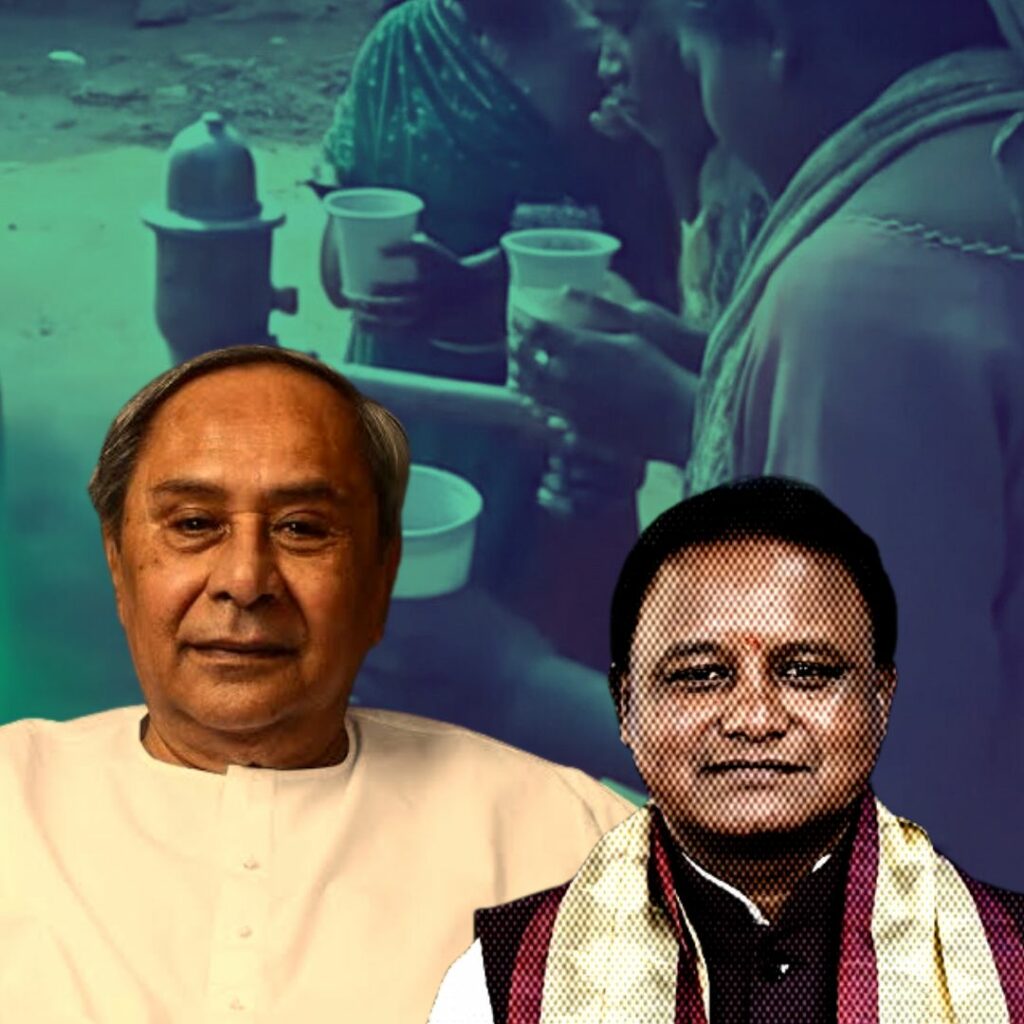A recent report by Niti Aayog titled ‘National Multidimensional Poverty Index: A Progress Review 2023’ reveals a remarkable achievement for India. Between 2015-16 and 2019-2021, a record-breaking 13.5 crore individuals in the country have risen above multidimensional poverty. The report, released on Monday by Niti Aayog Vice-Chairman Suman Bery, highlights Uttar Pradesh as the state with the most significant decline in poverty.
According to the National Multidimensional Poverty Index (MPI), which assesses deprivations in health, education, and standard of living through 12 indicators aligned with the Sustainable Development Goals (SDGs), India has witnessed a substantial reduction of 9.89 percentage points in its multidimensionally poor population. The figure has dropped from 24.85 percent in 2015-16 to 14.96 percent in 2019-2021, reported Economic Times.
The 12 indicators include aspects such as nutrition, child and adolescent mortality, maternal health, education, access to essential services like clean cooking fuel, sanitation, drinking water, electricity, housing, assets, and bank accounts. The report states that improvements have been observed across all indicators.
The report also highlights the disparities between rural and urban areas. Rural regions have experienced the most rapid decline in poverty, with the poverty rate decreasing from 32.59 percent to 19.28 percent during the same period. In urban areas, poverty decreased from 8.65 percent to 5.27 percent.
#NITIAayog released “National #MultidimensionalPovertyIndex: A Progress Review 2023” based on NFHS-5. The report states India’s headcount ratio of multidimensional poverty has ⬇️ from 24.85% in 2015-16 to 14.96% in 2019-21.#MPI # PovertyReduction pic.twitter.com/8IoD8wppg1
— NITI Aayog (@NITIAayog) July 17, 2023
Further, the report mentions Uttar Pradesh, where 3.43 crore individuals have escaped multidimensional poverty, as a standout success story. Other states showing significant progress in poverty reduction include Bihar, Madhya Pradesh, Odisha, and Rajasthan.
The findings of the report demonstrate the Indian government’s commitment to sustainable and equitable development, aligning with the goal of eradicating poverty by 2030 as part of the SDGs agenda.
India’s Extreme Poverty Declines
According to a report by the World Bank, extreme poverty in India has seen a significant decline of 12.3% from 2011 to 2019. The measure of extreme poverty is based on the number of people living on less than $1.90 or Rs 145 per day.
The working paper, titled “Poverty In India Has Declined Over The Last Decade But Not As Much As Previously Thought,” jointly authored by Sutirtha Sinha Roy and Roy van der Weide, reveals that rural poverty decreased from 26.3% in 2011 to 11.6% in 2019. In urban areas, poverty decreased from 14.2% to 6.3% during the same period. The report indicates a decline of 14.7 percentage points in rural poverty and 7.9 percentage points in urban poverty.
The authors of the paper highlight that the extent of poverty reduction during 2015-2019 is lower than earlier projections based on growth in private final consumption expenditure reported in national account statistics. The World Bank’s policy research team also notes that the poverty headcount in India dropped from 22.5% in 2011 to 10.2% in 2019, with rural areas showing better results.
The study further highlights that farmers with small landholdings experienced higher growth. Real incomes for farmers with the smallest landholdings grew by 10% annually between 2013 and 2019, compared to a 2% growth for farmers with the largest landholdings.
It is worth noting that this World Bank paper serves as a significant indicator of India’s poverty levels since the country does not have recent official estimations. The last expenditure survey on poverty and inequality in India was conducted by the National Sample Survey Organisation (NSSO) in 2011.
Interestingly, a recent paper by the International Monetary Fund (IMF) also suggested that extreme poverty in India was as low as 0.8% in 2019. The authors, Surjit Bhalla, Karan Bhasin, and Arvind Virmani, highlighted that the country managed to maintain this level even during the pandemic year of 2020 through food transfers under the Pradhan Mantri Garib Kalyan Yojana.
Also Read: Twitter Addresses Spam Issue In Direct Messages, Introduces New Default Setting
https://thelogicalindian.com/h-upload/2023/07/17/500x300_232586-photo2023-07-1716-40-26.webp
Trending
2023-07-17 11:18:10.0
13.5 Crore Indians Move Out Of Multidimensional Poverty In 5 Years: Niti Aayog Report











